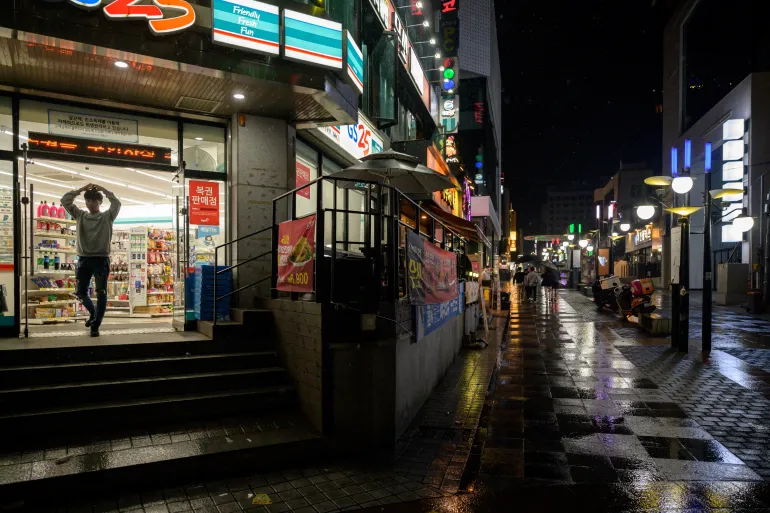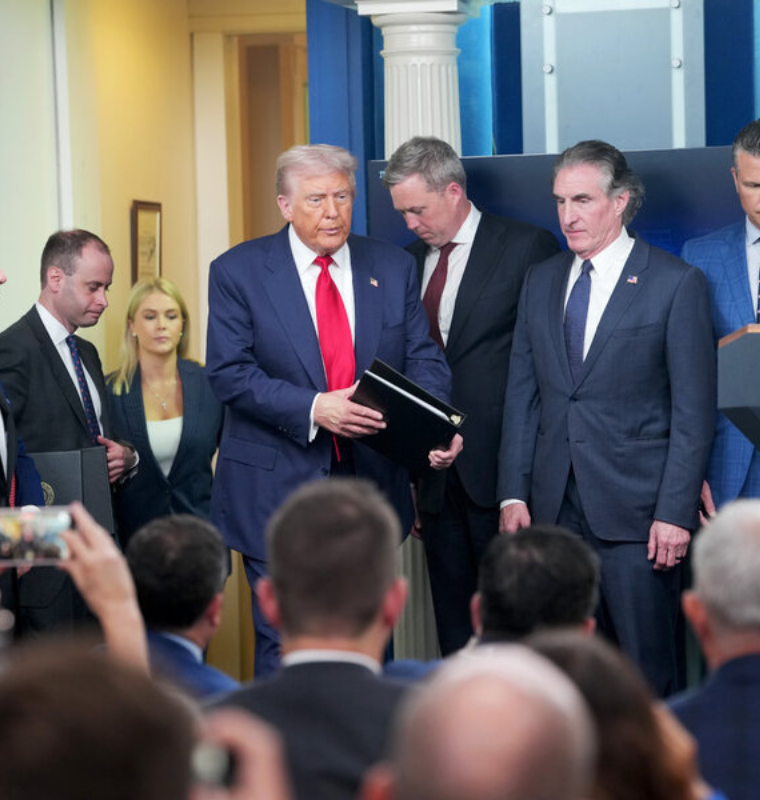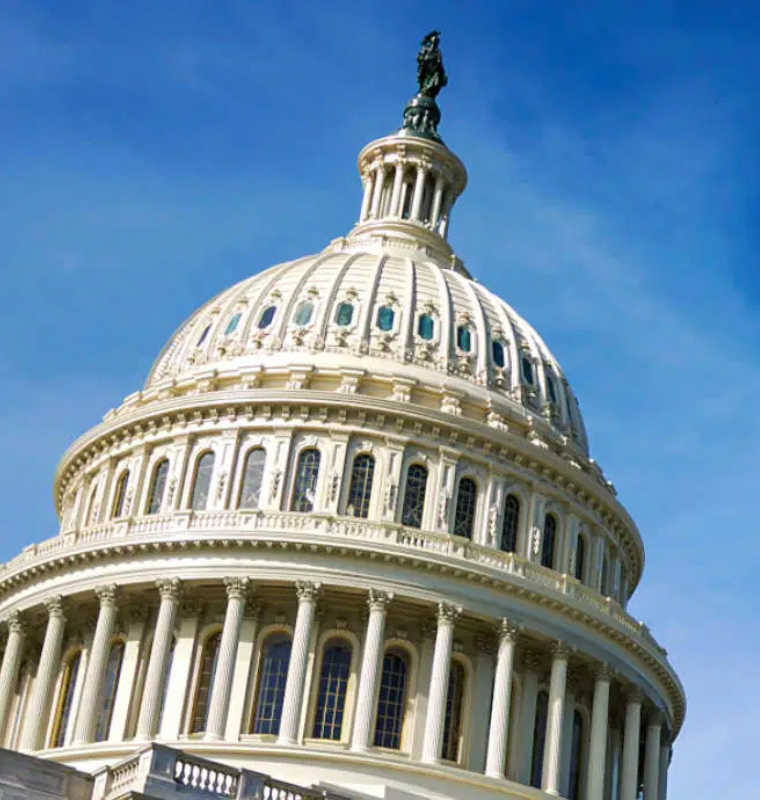South Korea Sidesteps Recession With 0.6% GDP Growth in Q2, Driven by Exports and Government Spending
South Korea Sidesteps Recession With 0.6% GDP Growth in Q2, Driven by Exports and Government Spending
By
David Goldfarb
Last updated:
July 24, 2025
First Published:
August 6, 2025

Photo: Al Jazeera
South Korea has managed to dodge a technical recession, with its economy expanding by 0.6% in the second quarter of 2025, according to preliminary data from the Bank of Korea. This growth not only reversed a 0.2% contraction in the first quarter, but also exceeded Reuters’ forecast of 0.5%, signaling a temporary revival in Asia’s fourth-largest economy.
On a year-over-year basis, GDP rose 0.5%, up from zero growth in Q1, and slightly above analysts’ projection of 0.4%.
Exports Power Economic Turnaround
One of the major contributors to South Korea’s better-than-expected performance was a sharp rebound in exports. Total exports of goods and services surged by 4.2% quarter-on-quarter, fueled primarily by increased shipments of semiconductors, petroleum, and chemical products.
According to Louise Loo, Head of Asia Economics at Oxford Economics, “Net exports were the principal driver of growth,” with export volumes rising at the fastest pace since Q3 2020. Loo attributed part of the surge to firms accelerating shipments in anticipation of upcoming changes to U.S. trade policy, including potentially steep tariffs.
Despite the positive momentum, Shivaan Tandon, a markets economist at Capital Economics, cautioned that South Korea’s trade-reliant sectors may soon face challenges as global trade slows and tariffs loom. “While AI-related hardware demand may support chip exports, other sectors could weaken,” he said.
Tariff Tensions with the U.S. Add Uncertainty
South Korea’s trade negotiations with the United States have recently hit a snag. Talks aimed at avoiding a 25% tariff on South Korean exports, set to take effect August 1, were reportedly postponed after U.S. Treasury Secretary Scott Bessent canceled a scheduled meeting due to a “scheduling conflict.”
The South Korean Finance Ministry stated that Bessent and Korean Finance Minister Koo Yun-cheol would reschedule the discussion "as soon as possible." According to the World Bank, exports accounted for roughly 44% of South Korea’s GDP in 2023, with the U.S. serving as the country’s second-largest export market.
Meanwhile, domestic media outlet Yonhap reported that Seoul has ruled out making concessions on beef and rice imports during these negotiations, maintaining a firm stance on key agricultural issues.
Domestic Consumption Shows Modest Recovery
On the home front, total consumption (including both private and government spending) increased by 0.7% in Q2, rebounding from a 0.1% contraction in Q1.
- Government expenditure rose 1.2%, led by healthcare-related spending.
- Private consumption grew 0.5%, with notable increases in spending on motor vehicles, recreation, and sports.
Oxford Economics noted that the boost in domestic demand was partially due to early impacts of the government’s supplementary budget. However, sluggish activity in construction and capital investment weighed down broader economic momentum.
Capital Economics echoed this concern, warning that while near-term government spending will offer some cushion, the current pace of expansion is unsustainable.
Outlook for 2025 and Policy Implications
Looking ahead, Oxford Economics projects South Korea’s full-year GDP growth to reach only 0.8%, which would mark the slowest pace since 2020. The weak outlook could increase pressure on the Bank of Korea (BOK) to cut interest rates.
Despite the soft growth figures, the BOK held rates steady during its July 10 meeting, citing a desire to prioritize financial stability. Inflation remains moderate, with June CPI at 2.2%, only slightly above the BOK’s 2% target.
Whether the central bank shifts its policy stance will depend on how global trade dynamics unfold and how long domestic momentum can be maintained without over-reliance on fiscal spending.
Popular articles
Subscribe to unlock premium content
Disney’s Timeless Magic and How the Entertainment Giant Continues to Shape Culture and Innovation

Imran Khan’s Economic Missteps Amid Political Chaos in Pakistan

The Philippines’ Digital Shift How Remittances and BPO Are Fueling Growth

Disney’s Timeless Magic and How the Entertainment Giant Continues to Shape Culture and Innovation

Imran Khan’s Economic Missteps Amid Political Chaos in Pakistan

Disney’s Timeless Magic and How the Entertainment Giant Continues to Shape Culture and Innovation









